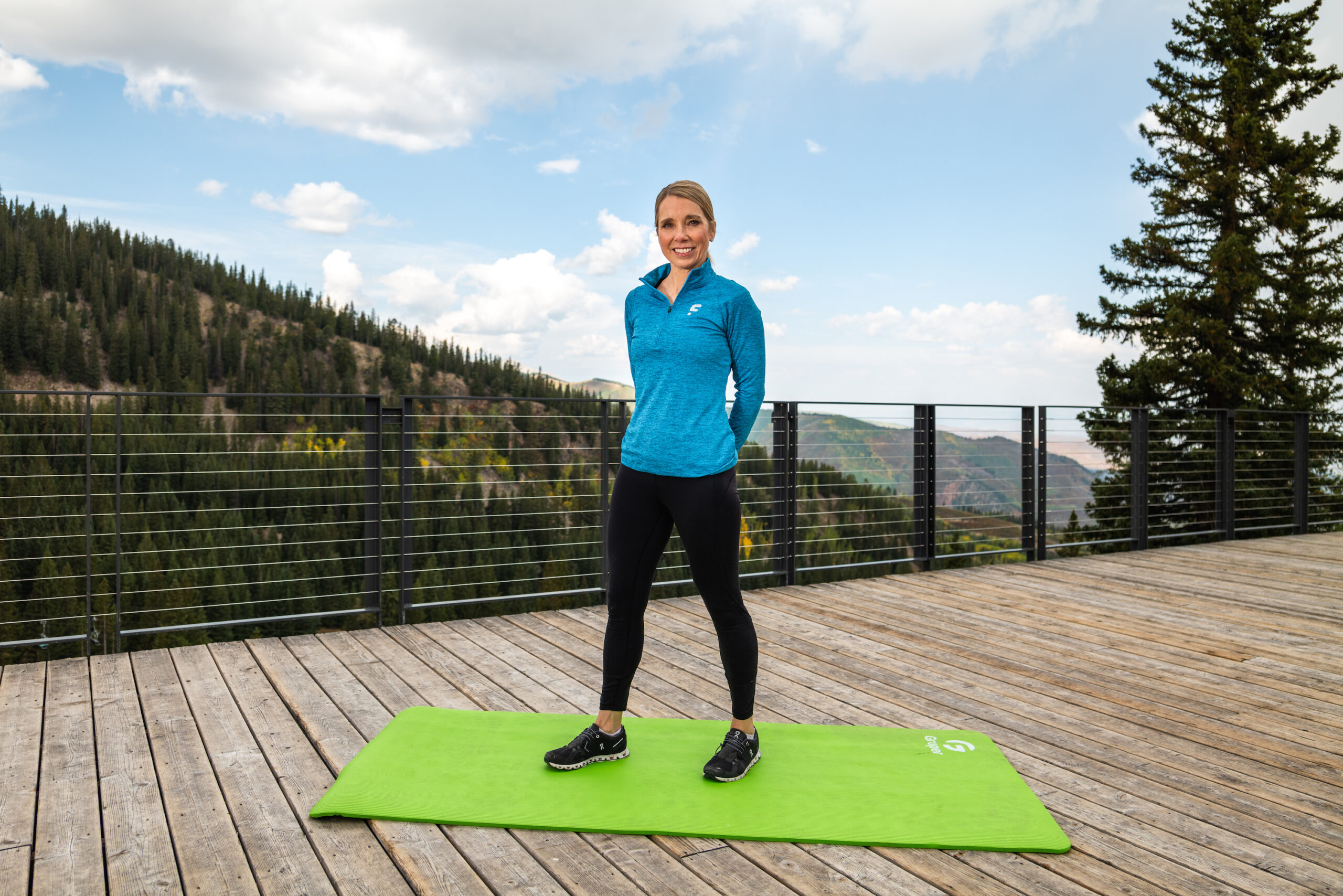
What if I told you that one of the best ways to lose weight, and get healthier, was less about cutting certain foods out of your diet, but was instead about adding the right foods to your diet? No, I am not pitching a “new breakthrough” diet. Rather, what I am proposing is that you move toward eating in a way that mirrors how the longest living people on the planet choose to eat. Their eating is also consistent with current science. I am talking about eating more plants!
A few of the benefits of eating more plant-based foods:
- You will crowd out foods that are not as healthy.
- You will be eating more fiber so you will feel full sooner, and stay feeling full longer.
- Plant based foods are very nutrient dense so you get lots of nutrition and low calories.
- Your gut is healthiest when you are eating lots of fiber, and you can only get fiber from plant-based foods. Did you know that 70% of your immune system is in your gut?
- More plant-based foods can help protect you from heart disease, Type 2 diabetes, and some forms of cancer.
The Surprising Stats
Currently only 1 in 10 Americans eats enough fruits and vegetables so there is lots of room for improvement. How much fruit and vegetables should you eat? According to leading health organizations, we should aim for 1-2.5 cups of fruit per day and 4 cups of vegetables, with special emphasis on dark green and orange, vegetables and legumes.
The Harvard Healthy Eating Pyramid provides a very user-friendly guideline that does not involve lots of counting. They suggest that you make fruit and vegetables 50% of your plate with 25% in whole grains and 25% for a protein source like legumes, nuts, fish, or chicken. Finish with a snack of fruit.
Where Should You Start?
Start small. Lasting change always starts with baby steps. Here are a few suggestions to start you off.
- Get a base line of where you are now by logging your current consumption of plant-based foods. Don’t worry about recording everything you are eating; just the fruits, vegetables, nuts, seeds, whole grains and legumes.
- Keep fruit out where you can see it so that it will be easier to choose it as a healthy snack. Keep it on the counter or front and center in your refrigerator.
- Start the day with whole grain cereal like whole oats or oatmeal. Add flax seeds, walnuts and berries. (2-3 servings right here!)
- Chose a non-cream base soup or salad before your lunch or dinner.
- Eat a handful of nuts instead of the afternoon candy bar or cookie.
- Start to experiment with legumes. Go easy at first, you gut is going to need time to adjust. Snack on hummus and vegetables or add legumes to a soup or salad.
We don’t do well if we try to do too much too soon. The key is to start small, stay consistent, and add more challenge once you master the first few steps.
Make this the year to free yourself from fads and empty promises of quick weight loss, and from miracle supplements that promise to protect you from disease. Go the way nature has intended us to eat, or as Michael Pollen famously said, “Eat food, not too much, mostly plants.”





